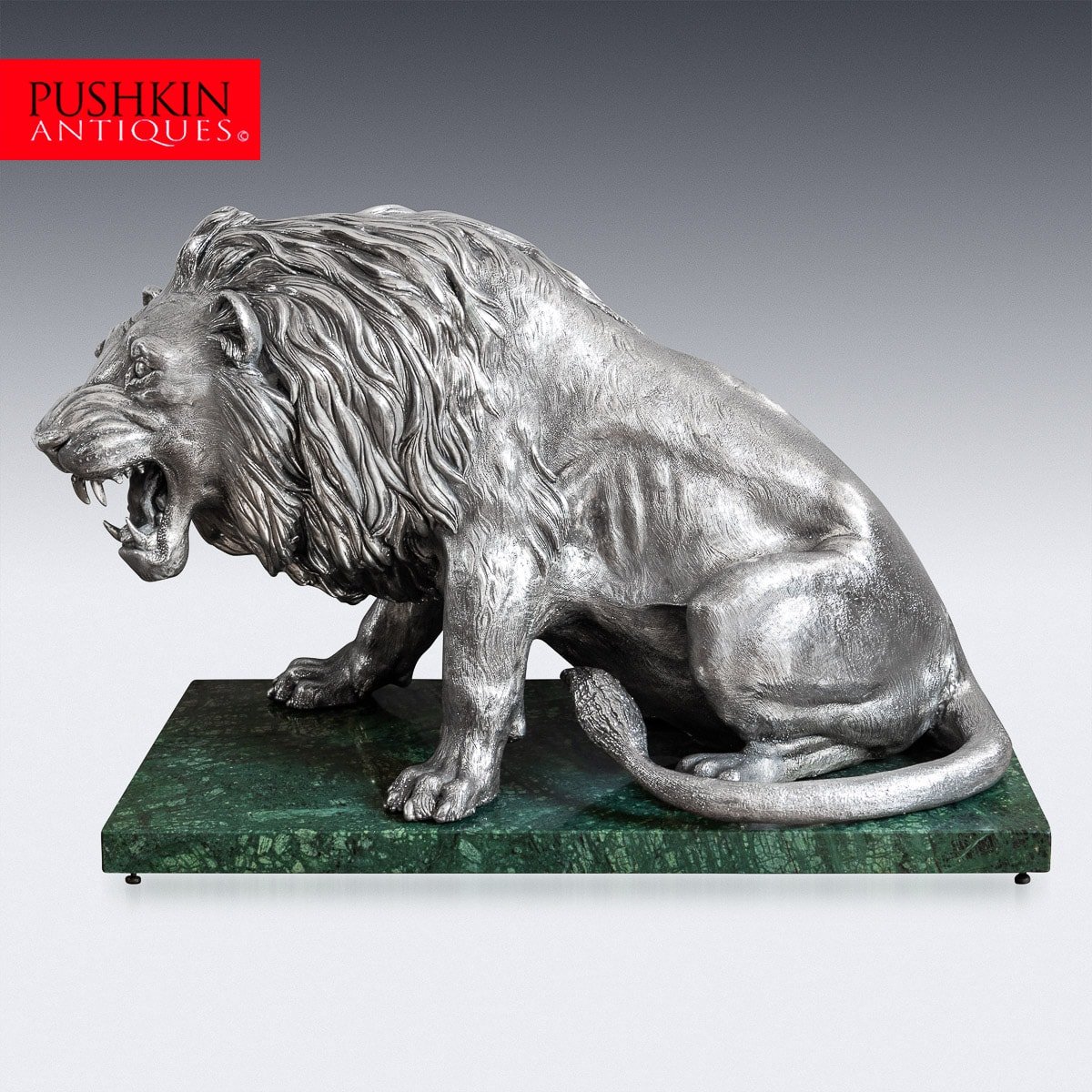Vintage vs. Antique: Unraveling the Distinctions
When it comes to collecting or appreciating unique items from the past, the terms "vintage" and "antique" are often used interchangeably. However, these two words carry distinct meanings that are worth exploring. Whether you're a seasoned collector or simply curious about the nuances between vintage and antique, this blog post aims to shed light on the key differences that set them apart.
Defining Vintage and Antique: To establish a clear understanding, let's begin by defining each term:
Vintage: The term "vintage" typically refers to items that are between 20 to 100 years old. It encompasses objects from a specific era or time period that carries a nostalgic appeal. Vintage items often reflect the style, trends, and craftsmanship of a particular era, but they may not necessarily hold significant historical value.
Antique: On the other hand, "antique" refers to items that are at least 100 years old. Unlike vintage items, antiques hold a deeper historical significance and are often considered valuable due to their age, rarity, and craftsmanship. Antique objects are commonly associated with a particular period in history, showcasing the artistry and cultural context of their time.
Distinguishing Factors: While the primary distinction between vintage and antique lies in the age of the items, there are additional factors that set them apart:
Age: Vintage items are younger than antiques, falling within the 20 to 100-year range. Antiques, by definition, must be at least a century old. Age plays a significant role in determining the value and historical importance of an item.
Rarity: Antiques are generally more difficult to find due to their age, scarcity, and limited availability. Their rarity often contributes to their higher value in the market. Vintage items, while not as scarce, can still hold considerable value if they are associated with popular trends or hold sentimental value for collectors.
Craftsmanship and Quality: Both vintage and antique items often exhibit excellent craftsmanship and attention to detail. However, antiques tend to showcase exceptional workmanship that might be harder to find in more modern items. Antiques were often created using traditional techniques and materials, adding to their allure and desirability.
Historical Significance: Antiques offer a glimpse into the past, serving as tangible connections to historical eras. They often carry cultural, societal, or artistic importance, making them highly sought after by collectors, museums, and history enthusiasts. While vintage items may possess sentimental value or represent a particular period, they may not hold the same level of historical significance as antiques.
Preservation and Condition: Due to their age, antiques may require more meticulous care and restoration efforts to maintain their integrity. Vintage items, being relatively younger, tend to be in better condition and may not require extensive restoration.
Conclusion: Understanding the distinction between vintage and antique can enhance your appreciation for historical items and inform your collecting endeavors. While both terms describe objects from the past, their respective age, rarity, historical significance, and craftsmanship separate them. Whether you find yourself drawn to the charm of vintage items or the historical richness of antiques, exploring the world of collectibles can be a fascinating journey. Embrace the uniqueness, stories, and beauty that these items bring, and let them transport you to different eras, each with its own character and allure.


